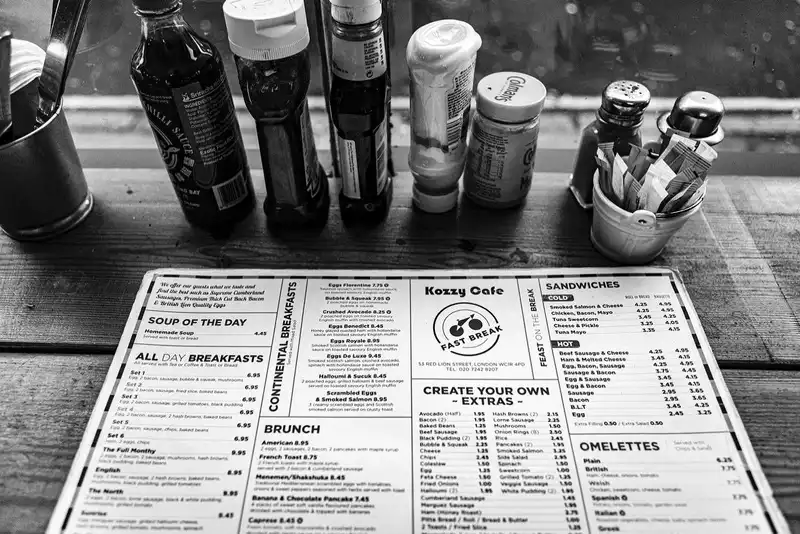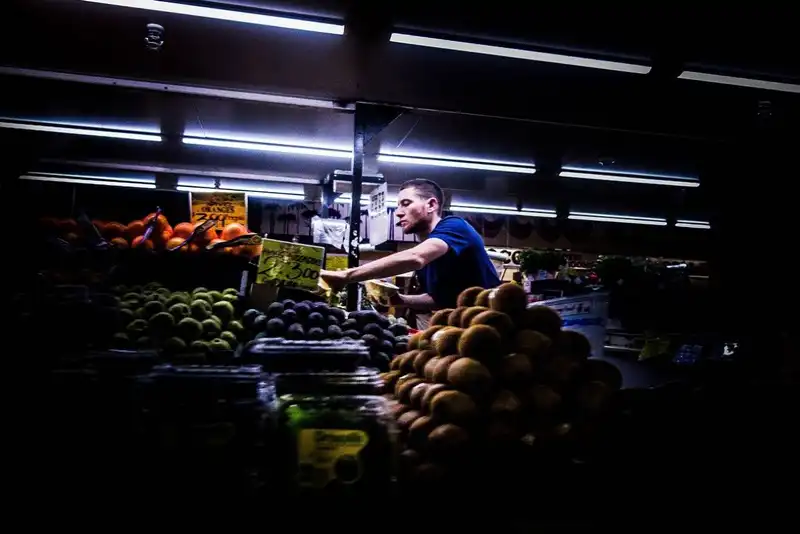The Cause of Rising Food Prices
Why are Food Costs Rising?
Food prices are rising to extreme levels setting records for the highest records of food inflation in the past 36 years. The USDA is expecting to see a 2.5%-3.5% hike but some are expecting a much higher inflation.
In the past century, improvements have been made to preservation methods and supply chains making international food trade possible. Because of these global trade efforts prices were stabilized. However, increased populations in Asia and other areas of the world have created a demand for crops and other goods. This rise in demand has impacted prices.
Price is a main function of the supply and demand curves. When demand for a product goes up an increase in price follows. And the opposite is true as well. When demand falls with supply at a constant, the prices will drop.
The same methodology works with the supply curve. Consistent demand with limited supply drives up prices while rising supply will do the opposite and prices will fall. With this information it's easy to assume that low supply numbers are why food prices are skyrocketing. Yes, but there are other factors at cause.
Reasons Why Price Increases

In the United States alone, the price of groceries for most Americans has grown exponentially. According to the Bureau of Labor Statistics, 2020 food prices nearly tripled to 3.9% of the overall rate of inflation. The United States Department of Agriculture believes that prices could increase another 3% in 2021 with no end in sight.
Five Causes of Higher Food Prices
In the short-term, factors like weather, war, disease or supply and demand can affect food pricing. There are other underlying factors that also raise food prices for the long-term.
High Oil Prices
Food is distributed all over the globe. When oil prices rise, so do shipping costs for food. Higher oil prices also have an impact on farming due to the use of fertilizer of which oil is a main component.
Government Subsidies
United States government subsidies can impact price raises. For example, the price of corn is skyrocketing due to the supply of corn being diverted to biofuels. The U.S. uses 37% of corn crops for the production of ethanol. That number has steadily inclined since 2004.
World Trade Organization Limits
The World Trade Organization (WTO) puts limits on stockpiles for items like corn and wheat. The United States, European Union, and other developing countries with agricultural industries use subsidization causing an unfair advantage in trade for some farmers in those regions. To lower this advantage, The WTO limits stockpiling. This winds up limiting food resources and causes volatility in price hikes.
How to Deal with Rising Food Costs

Handling rising food costs is the sign of an efficient restaurateur. Revenue management when times are tough can be adjusted in a number of ways. These are a few hacks to try when faced with rising food costs in the restaurant industry.
1. Have a Seasonal Menu
Not every menu dish makes significant sales all year. Including special dishes that sell better during a certain season can boost profits.
2. Food Pairings and Combos
Consumers are almost always drawn to food combos over a single item. Many restaurateurs introduce food combos and pairings to boost sales margins. This goes far beyond the fast food model as even top chains have some type of food pairing on their menus.
3. Similar Ingredients
Most chefs understand that menu dishes can have the same ingredients but taste completely different. Having similar-ingredient dishes will cut down on food costs as inventory purchases stay low.
4. Buy in Bulk
Buying in bulk often has pricing advantages. The way to truly keep under budget with this purchasing method is to ensure not to over buy items. If food goes to waste before it is even used it defeats the purpose of buying bulk. Keeping a close tab on what's needed through inventory management will help out.
5. Standardize Restaurant Operations
Standardizing the operations of a restaurant cuts down on waste and keeps food costs in check. This can be as simple as having a standard recipe laid out where the ingredients are measured out exactly to specification. Doing this will prevent waste and aide in inventory tracking.
6. Upsell Menu Items
Identifying customer need takes finesse from the wait staff but it can go a long way with increasing revenue. When the staff knows the menu top-to-bottom, they can make suggestions the customer would enjoy. Perhaps and addition to their main dish or a new combination that includes customer favorites. Upselling not only helps increase revenue but makes the customer feel as though they've been recognized.
Reducing food costs takes changes to the menu without hiking up the price. If a usually loyal customer sees the prices go up on their favorites, they'll be seeking a new place to dine. In the long run, it's better to find different methods of cutting cost than increasing prices that will lose customers.
Conclusion to Rising Food Costs

- Rising food prices can have a significant impact on restaurants.
- Making small adjustments can help restaurant owners whether the rising tides of food pricing.
- Supply and demand have a lot to do with why food prices can rise or fall.
- There are many underlying reasons why food prices will go up including oil prices, government subsidies, and stockpile limits.





